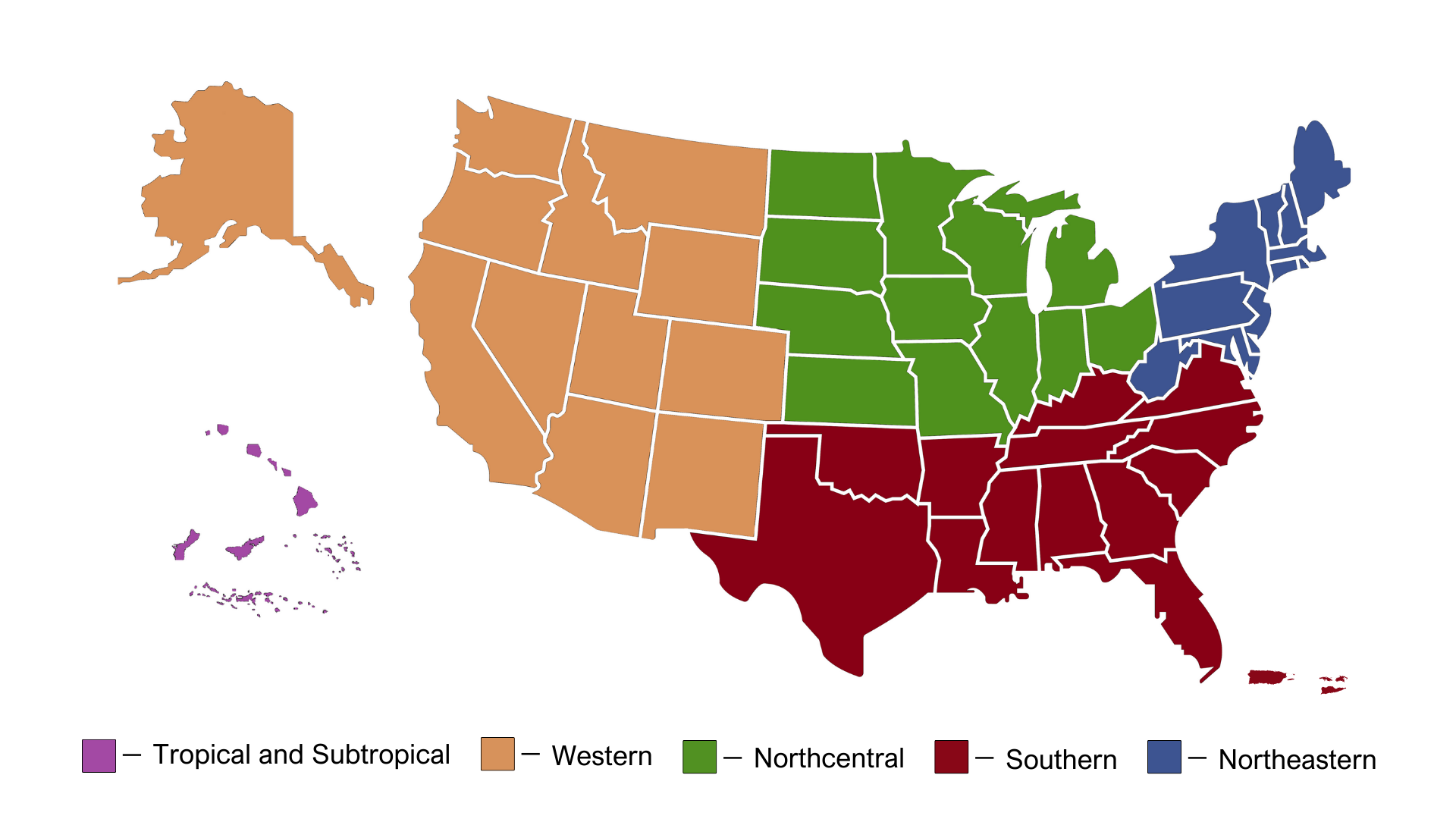The National Aquaculture Association (NAA) released an in-depth programmatic review entitled, A Review of the Regional Aquaculture Center Program: A Unique, Farmer-Driven Program Advancing U.S. Aquaculture.
The Regional Aquaculture Centers were created in 1987 and funded by the U.S. Department of Agriculture, National Institute for Food and Agriculture, to support aquaculture research, development, demonstration, and education to enhance viable and profitable U.S. aquaculture production for the benefit of consumers, farmers, service industries, and the American economy.
An independent Review Team consisting of Carole Engle, Gary Fornshell, John Hargreaves, and Gary Jensen worked for a two-year period interviewing 76 Center staff, farmers, researchers, and Extension representatives and examining Regional Aquaculture Center administrative procedures, reports, analyses, and websites. They found:
- The five Regional Aquaculture Centers supported 618 projects in 55 states, territories, and countries with an estimated 1,283 participants at 170 distinct entities.
- Funded projects included more than 70 species of aquatic animals and plants and integrated efforts across more than 45 subject matter areas and academic disciplines.
- Of the funded entities, 64% were universities and of those universities, 51% were land-grant universities, 47% non-land-grant universities, and 2% un-specified. Of the land-grant universities, 9% were five 1890 universities and one additional, non-land grant, historically black university. It is notable that an 1890 historically black university received the fourth greatest amount of funding by one of the Centers. Funded entities also included federal agencies, farmers, private companies, non-governmental organizations, and others.
- Top-funded states/territories/countries included Alabama, Arkansas, California, Federated States of Micronesia, Guam, Hawai’i, Idaho, Illinois, Indiana, Louisiana, Maine, Maryland, Massachusetts, Michigan, Mississippi, Montana, New Jersey, Ohio, Oregon, Republic of Palau, Republic of the Marshall Islands, Rhode Island, Texas, Washington, and Wisconsin.
The Review Team’s key findings were:
- Dramatically under-funded for diversity of U.S. aquaculture.
- Strong support to continue the program.
- Generated strong economic impacts on major sectors.
- Supported proof of concept for many species.
- Created foundation of knowledge to overcome husbandry bottlenecks.
The Review Team’s key recommendation was:
- Increase the annual budget of the Regional Aquaculture Center program to $20 million per year, with periodic adjustments for inflation.
Their secondary recommendations were:
- Improve effective communications of the Regional Aquaculture Centers internally and externally.
- Address the continued loss of Extension capacity for aquaculture.
- Increase engagement of the National Institute of Food and Agriculture with host institutions and with the Regional Aquaculture Centers.
- Streamline project development and implementation processes.
- Address dilemma related to allowing Facilities & Administration/Indirect Costs in the Regional Aquaculture Center program.
- Initiate succession planning for Directors.
Dr. Gary Jenson will present the report during Aquaculture America 2024 on February 19th. He will present within the session entitled, Federal Support for the Expansion of U.S. Aquaculture, occurring in Salon M of the Marriott San Antonio River Center.



Recent Comments